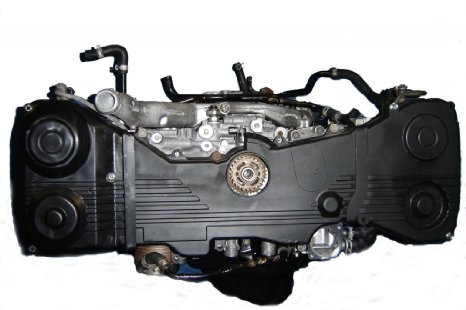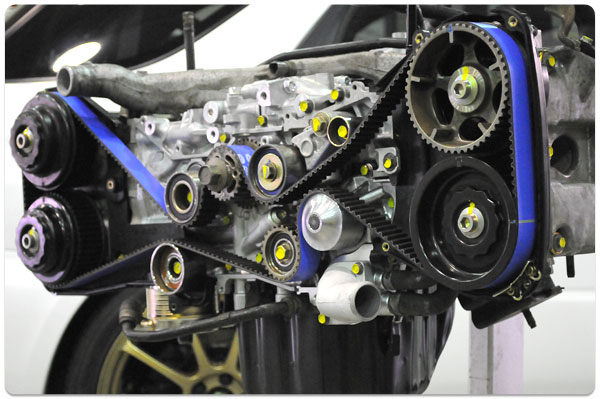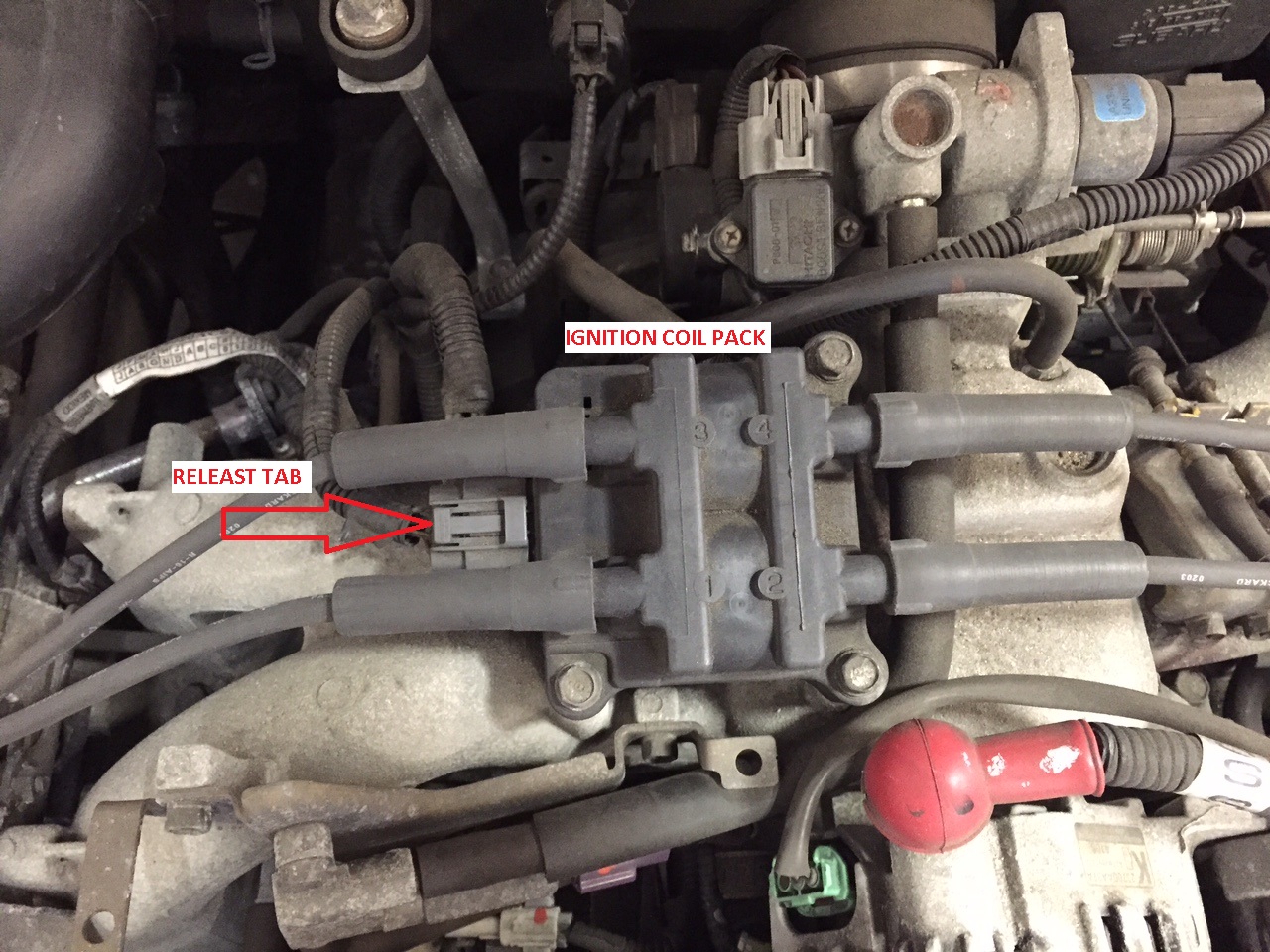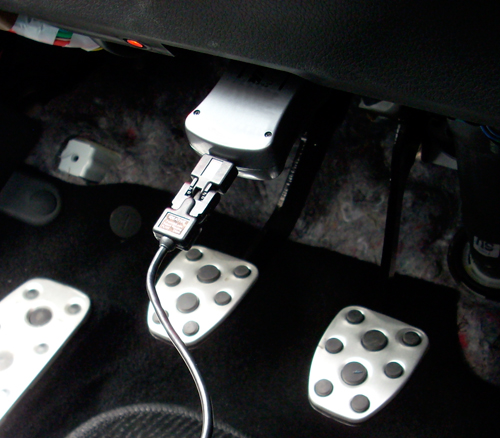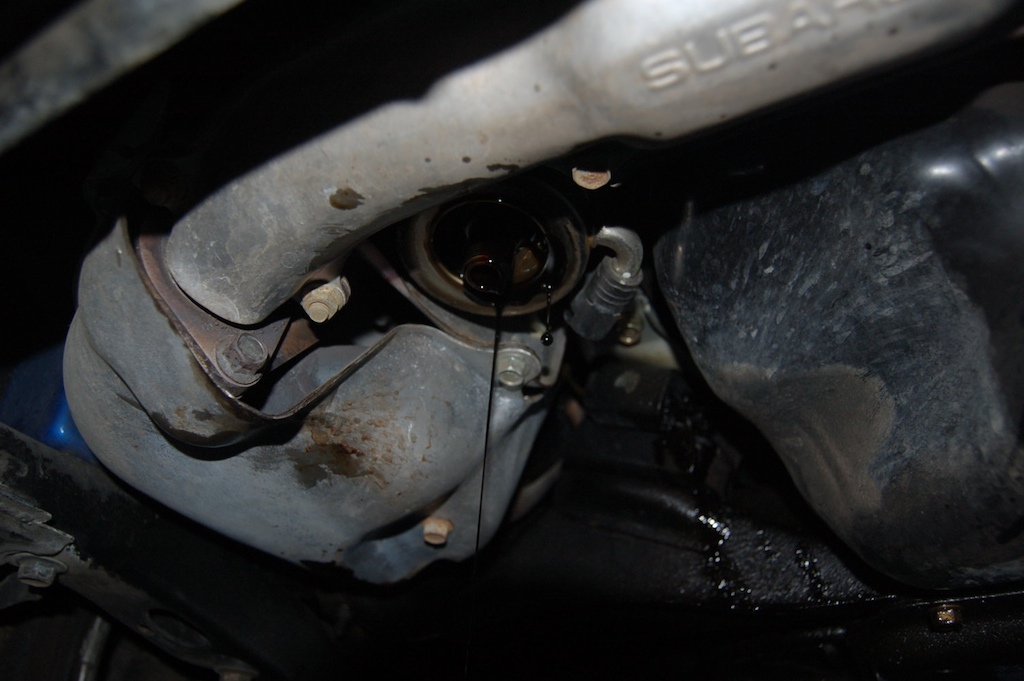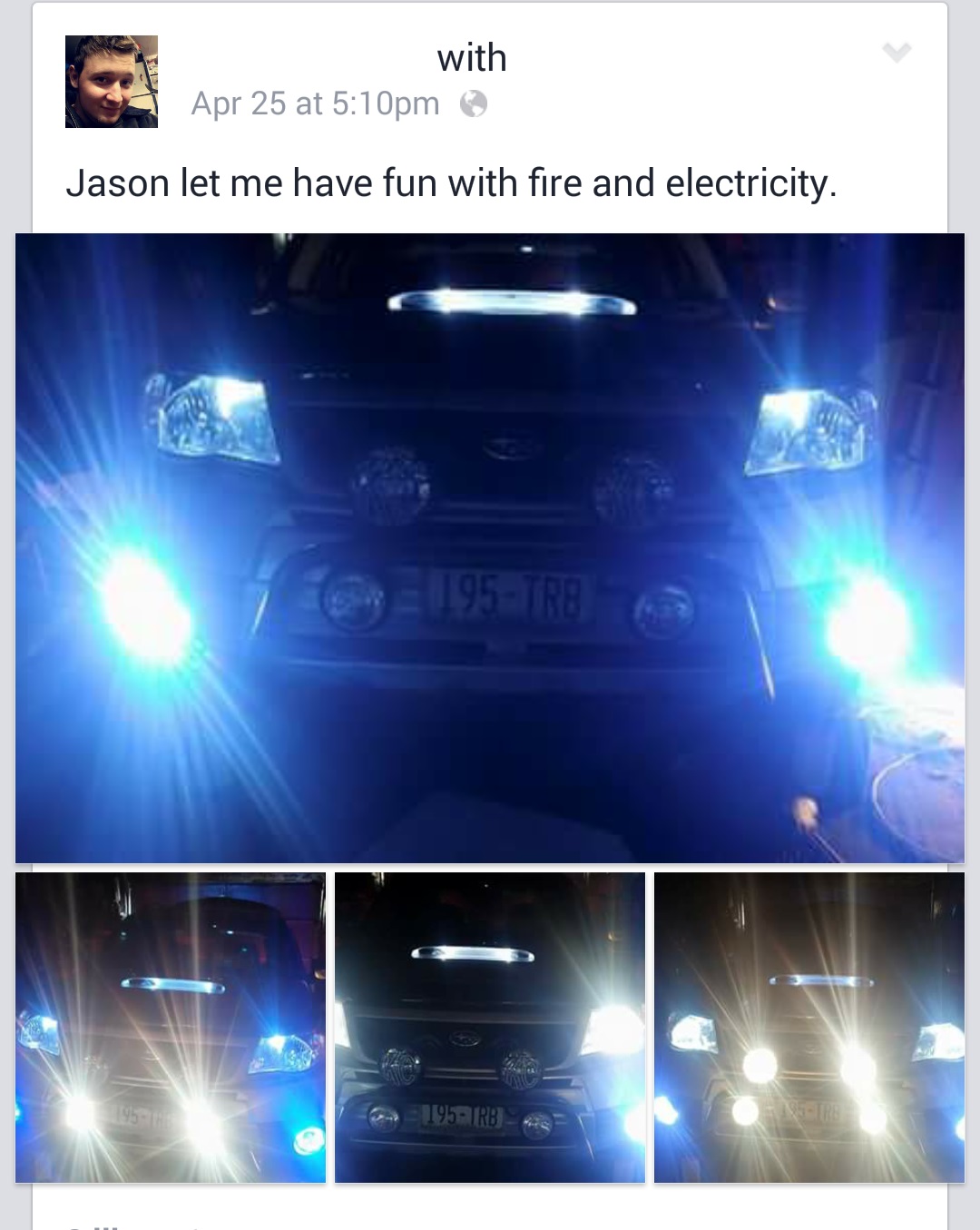Maintenance: Subaru Periodic Vehicle Maintenance Services:
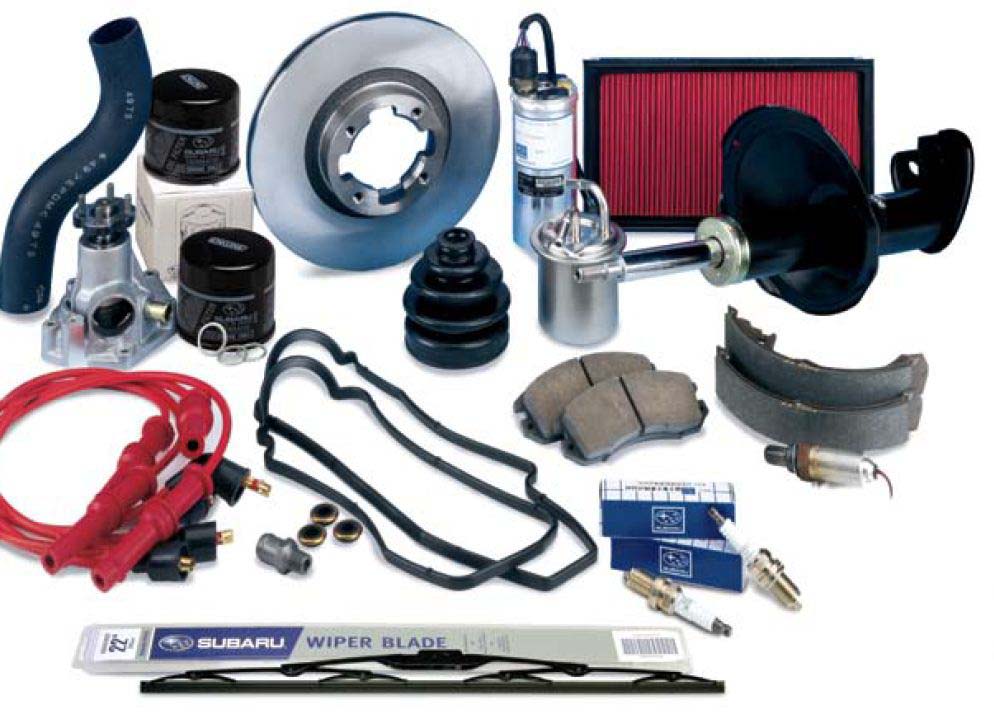
Fuel Filter and Fuel Lines:
There’s no easy way to check the inside of a fuel filter for dirt or other contamination buildup. That’s why a 30 month or 30,000 mile replacement interval is prescribed. If the customer happens to buy a tank-load of bad gasoline before reaching this interval, it will be necessary to replace the fuel filter ahead of time. There’s no way to clean the filter—replacement is the only option. Remove the battery negative cable before you begin work on the fuel filter. Remember gasoline is a very flammable substance.
The fuel filter is just one small part of the fuel system. The fuel system includes many sections of steel and rubber fuel line that run the length of the vehicle several times. The fuel pump, fuel tank, and fuel pressure regulator are just a few of the other parts of the fuel system. While you’re replacing the fuel filter, don’t forget to check the condition of the rest of the fuel system.
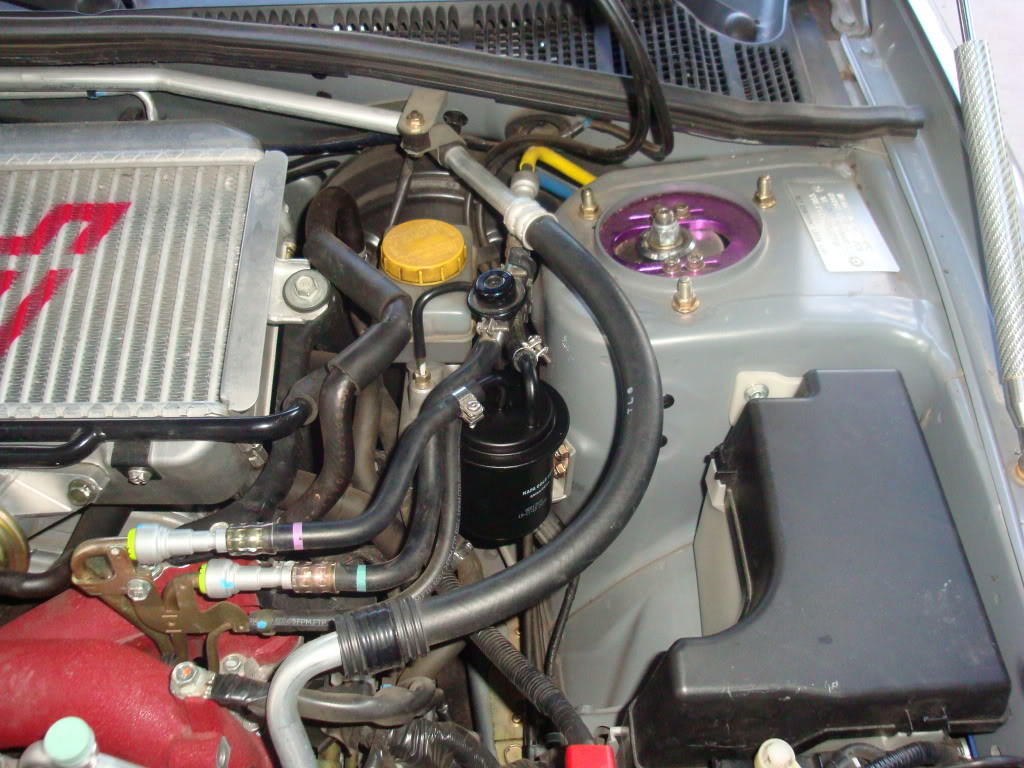
If any of the rubber hoses (especially the ones that were opened up to replace the filter) look damaged or frayed, they must be replaced before they can cause any further damage. Weak fuel hose clamps should be replaced, and the new ones must be properly positioned and tightened to specification.


